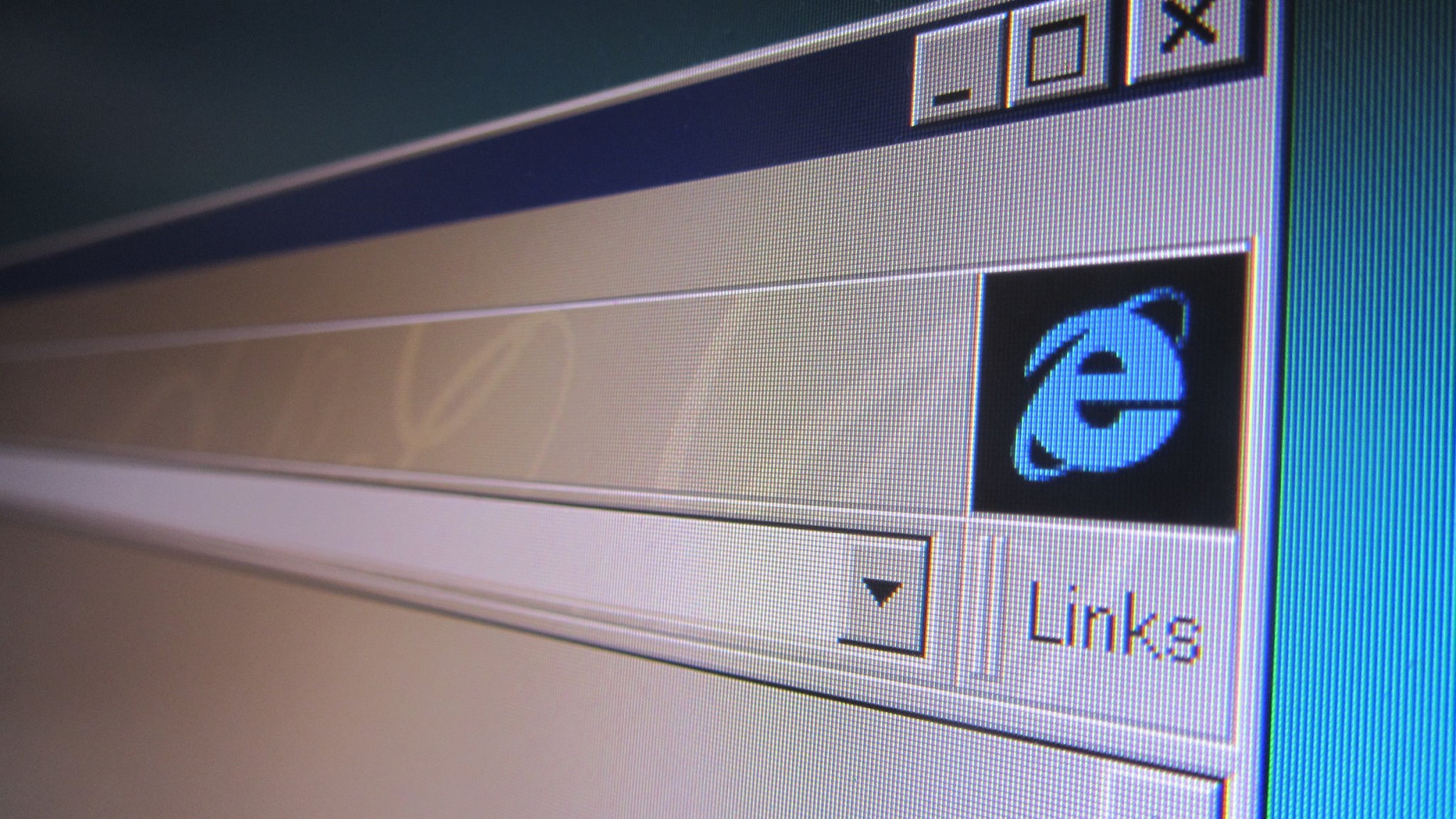Adios, Internet Explorer – You Won’t Be Missed
by Aditya Luthra, BBA(FIA)’24
After 27 long and vicissitudinous years, Microsoft has finally bid farewell to a historic and era-defining piece of technology – The Internet Explorer.
It was long-coming if we’re being honest. I mean, think about it. The Internet Explorer (or ‘IE’ as people call it nowadays) was once the unquestioned leader of the web browser market, and introduced millions of people to the wonders of the internet when it first debuted. For quite some time now though, it has been nothing more than a tool to download better browsers and practically a remnant of the technology sector which legions of web-surfers just love to hate.
What happened, you ask?
If we look at it, the Internet Explorer’s entire history can really be summarized by “3 Cs”. Those being – Courts, Complacency and Chrome. Let’s dive in and look at each one of them starting from…
Courts
In 1993, the World Wide Web (WWW) was a hot commodity. “Internet” fascinated people and companies broke their backs to grab a piece of this rapidly-growing pie. Seeing this, Microsoft launched the Internet Explorer in 1995 as part of its $44.99 “Windows 95 Plus!” package.
And it was doomed from the start.
Just a year after its release, Microsoft had to pay $5 Million to a company named ‘SyNet Inc.’ because apparently, the name “Internet Explorer” was already taken. A year later, they were forced to pay an additional $8 Million to ‘Spyglass Incorporated’, whose browser “Spyglass Mosaic” lent its source code to IE in exchange for a royalty every time someone purchased it. Well, royalties are only accrued if someone actually PAYS for the product. You might see where I’m getting at.
In their pursuit to find a way around this agreement, Microsoft first made the application free-to-download and then integrated it into their Windows operating system altogether. To put it mildly, this move definitely ruffled a few feathers…
Before IE arrived onto the scene, Netscape Navigator ruled the roost with regards to everything World Wide Web. How could it not? It was one of the first of its kind, easy-to-use and secure. What it wasn’t though, was free, and suffered massive losses when Microsoft decided to flex its financial muscles. Netscape dragged Microsoft to court in 1998, accusing them of antitrust violations and using unfair means to eliminate competition. A long trial followed.
Although the verdict ultimately went Netscape’s way in the end, Microsoft had already established a staggering 96% (!) share in the web browser market until then.
Complacency
You can say what you want about Microsoft’s ways, but you can’t deny that they worked. Microsoft effectively had 0 proper competitors until 2004, and it became complacent. Only 1 Internet Explorer update was released between 2000-2006, and the application had started to become buggy and stagnant. People expressed concerns with its security, and it was clear that the market had room for another company.
At the start of its decline, Netscape entrusted its browser code to the newly formed, non-profit Mozilla Foundation. Development continued for several years with little widespread adoption, but finally in November 2004, Mozilla released “Firefox”. Firefox was fast, innovative, quick to launch updates and successfully acted as a thorn in Microsoft’s plans for the next half a decade. At its peak, Firefox enjoyed a cult following and had managed to garner a market share north of 30%.
“Success breeds complacency, complacency breeds failure.”
Chrome
While Microsoft and Mozilla were competing for first place, a relatively-small company you might have heard of, Google, released its own offering in late-2008 – The Google Chrome browser. In their quest to play first fiddle, both Microsoft and Mozilla both kind of went astray. They started to focus more on pumping out the latest features, instead of being concerned with probably the only thing that matters, customer experience, and that’s when Google capitalized.
Google Chrome was intuitive, slick and its core mission was to make the public’s interaction with the internet fun. It supported HTML5, so a whole host of multimedia could be consumed using it. Multiple platforms supported Chrome, unlike IE which was only supported by Windows. It was open-source and community driven, so the general public felt a certain connection to it and contributed to its development. It had a catchy logo – a 3D, multicolour, rounded flower-like geometric composition with a solid blue circle in the middle resonated well with the younger generation. Add to that a full-fledged web store for “Chrome Extensions” and Chrome quickly gained a massive following.
With Chrome, Google essentially merged the best of what Microsoft, Mozilla and Apple (with its “Safari”) had to offer. By the end of 2012, just 4 years after its release, Google Chrome had already become the most used web-browser in the world. A tag, it hasn’t dropped since.
Several years of anonymity and dwindling profits followed. Speculation was rife that IE was a lost case in Microsoft’s minds. This was proven true when in late-2015, Microsoft released a new, cross-platform browser which they named, “Edge”. Unfortunately for Microsoft, Edge was crammed with features that few people wanted and severely lacking in something people did want – browser extensions. Edge’s failure to ignite sent social media into a frenzy, and people started calling IE, “The abandoned son”.
For a long time, IE was (rightfully) mocked for its sluggishness and rigidity, but it wasn’t until Edge’s launch and subsequent failure that it truly cemented its place in the meme-culture hall of fame. Today, Internet Explorer is no longer considered as an example of a trailblazing piece of technology, but merely a synonym for “Slow” and “Unresponsive’.
It’s hard to comprehend sometimes how quickly and spectacularly a product can fall from grace, let alone one backed by a behemoth like Microsoft. For me, Internet Explorer is a classic “What-If” scenario. It started with a few hiccups, but was undeniably revolutionary and disrupted the technological world. Unfortunately, complacency cost it dearly and it was later disrupted by its own inability to judge the level of competition it would face.
The Internet Explorer now joins other famed old-school products from its generation, like the iPod, Dial-up Modems and Palm Pilots, in the legacy tech memorial, living on only as bytes of our collective memory.
Farewell Internet Explorer, it’s a shame you won’t be missed by many.




Comments